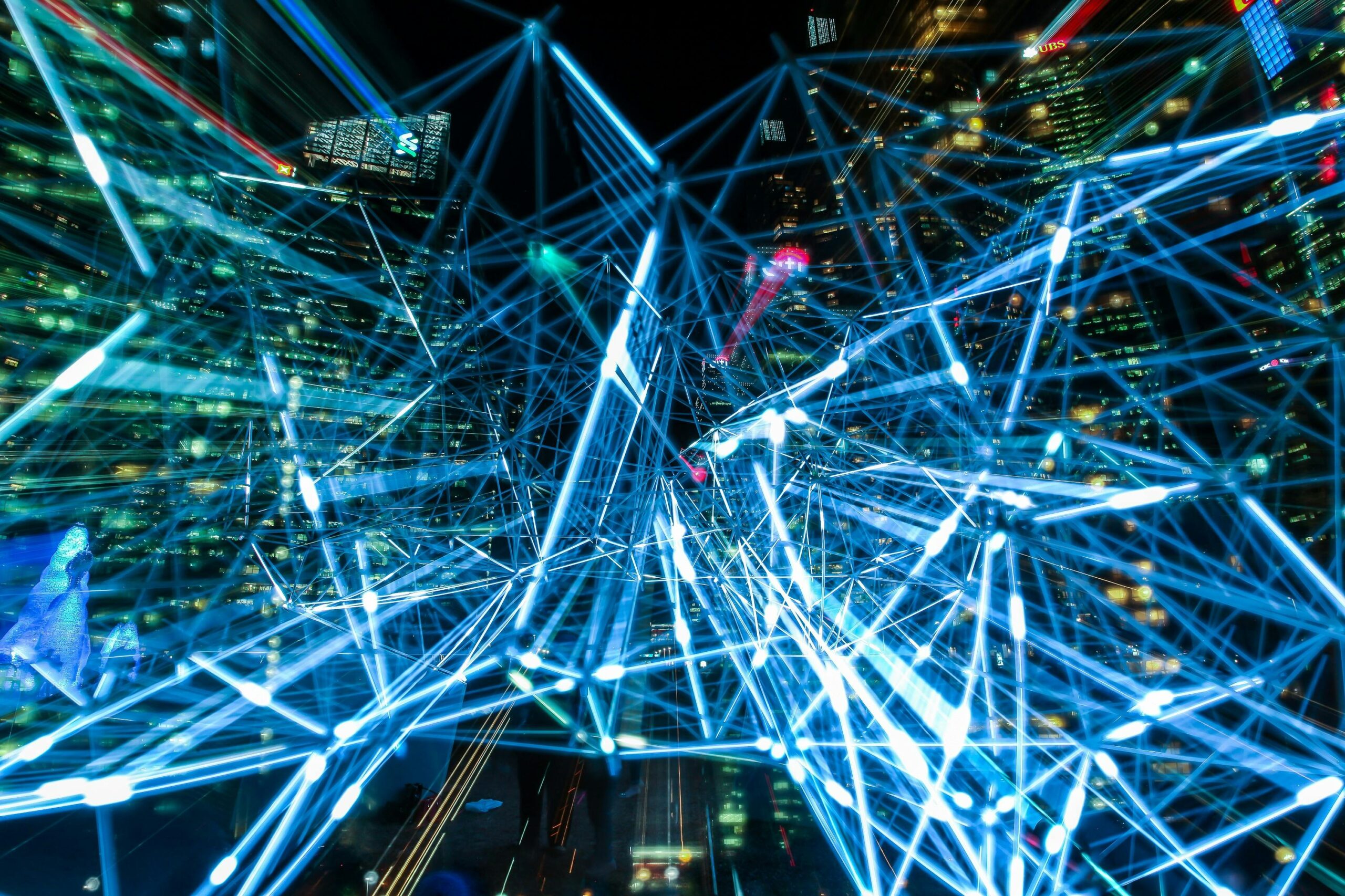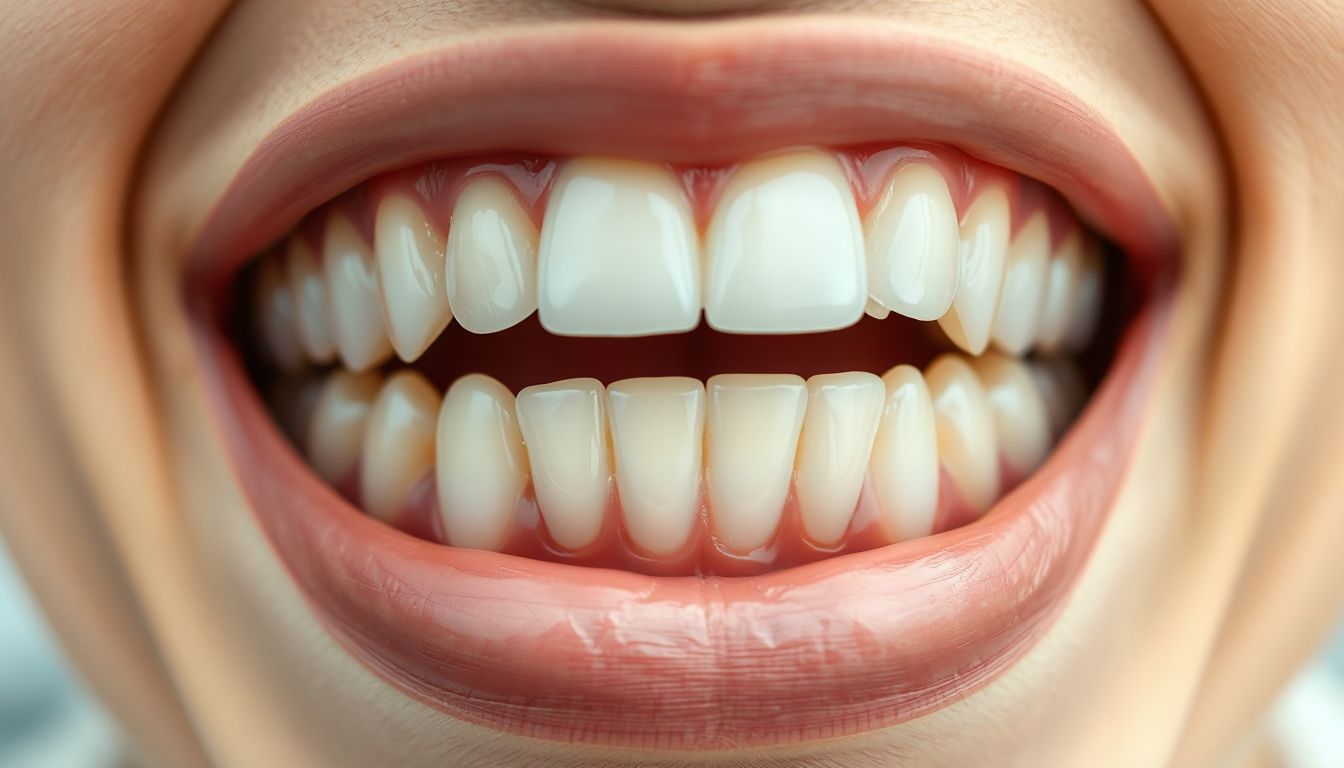
The world of Artificial Intelligence (AI) is moving fast. It now makes amazing images. From real-looking faces to strange lands, AI image generators push what we think is possible. But a big question hangs in the air: What can AI not make? Or what will it refuse to make? This article explores where AI image making stands today. We will look at tools that let you create almost anything. We will also see the walls AI still runs into.
It is key to know how AI image tools work. This is true for artists, coders, and everyday people. As these tools get easier to use, we must understand what they can do. We also need to think about what is right. We will check out what shapes AI’s limits. These range from hidden computer rules to what society expects. We aim to clear up where “unrestricted” really means something in AI pictures.
Understanding the “Unrestricted” Landscape of AI Image Generation
When we talk about “no restrictions” in AI image making, it is a bit tricky. We are not just talking about what the tech can draw. We also mean the rules put in place by the people who make these tools.
Defining “No Restrictions” in AI
Real “no restrictions” is a dream. There are two kinds of limits. First, there are technical limits. These are things the computer program just can’t do yet. Second, there are policy limits. These are rules set by the people who built the AI. These rules stop the AI from making certain kinds of pictures. For example, bad or harmful ones. So, “unrestricted” usually means fewer rules, not zero limits.
Current State of AI Image Generation Tools
Today, many AI tools create images. You might know Midjourney, Stable Diffusion, or DALL-E 3. Each one has its own way of working. They also have different rules about what you can make. Some let you be very free. Others have clear lines drawn to keep things safe. They all try to balance creativity with being responsible.
Factors Influencing Generative Limitations
What an AI can draw comes from a few things. First, the data it learned from matters a lot. If it never saw something, it cannot draw it well. Second, how the AI model is built sets some limits. Last, what the people who made the AI want it to do plays a big part. Their choices shape what the AI will or won’t create for you.
AI Image Generators with the Broadest Creative Freedom
Some AI tools give you a lot more room to play. They let artists and creators explore many ideas. Yet, they often still have some basic safety checks.
Open-Source Models and their Advantages
Open-source models, like Stable Diffusion, are very popular for freedom. “Open-source” means anyone can see and change the code. Users can make these models their own. They can fine-tune them for special styles or themes. This makes them super flexible. A big community works on these tools. This helps them grow fast and adapt. This openness means you have more control over the final image.
Platforms with Minimal Content Filters
Some platforms are known for lighter content rules. They try to give users more creative power. People often say these platforms allow a wider range of prompts. This means you can ask for more unusual or specific things. These platforms still have rules, of course. But they often feel less strict than others. This lets creators push ideas further.
The Role of Prompt Engineering in Unlocking Potential
Even with filters, how you ask the AI matters. “Prompt engineering” is the skill of writing good instructions. Smart prompts help you get the best out of an AI. A well-written prompt can guide the AI to make complex images. It can even work around some of the built-in limits. Learning to write better prompts opens up new ways to create. This lets you tap into the AI’s full power.
Inherent Limitations: What AI Still Struggles With
Not everything is possible with AI art. There are some things AI just finds hard to do. These are not about rules. They are about how the AI works.
Technical Constraints in Realism and Coherence
AI can make amazing pictures. But it often struggles with small details. For example, AI sometimes draws hands with too many or too few fingers. It is also hard for AI to keep a character looking the same in many images. Making things look real, like water flowing or hair blowing, can be a challenge. Showing physics, like how objects move, also gives AI a hard time.
Understanding Nuance, Context, and Abstract Concepts
AI mostly works by matching patterns. It does not truly “understand.” This means it misses subtle feelings in a scene. It cannot grasp complex ideas or deep meanings. If you ask it to draw “justice” or “freedom,” it might give you symbols. But it won’t get the full, complex idea behind it. It struggles with things that need real-world knowledge or human feelings.
Ethical and Safety Safeguards: The Necessary Boundaries
Even if AI could make anything, it should not. Content limits are there for good reasons. These rules stop the AI from making harmful things. This includes pictures that are illegal, dangerous, or exploit people. These safety steps protect users and society. They ensure AI is used in a good way.
Navigating Policies: Platform-Specific Restrictions
Every major AI image tool has its own set of rules. These rules decide what you can and cannot make. It is important to know them before you start.
Content Moderation Policies of Leading Platforms
Companies like OpenAI (DALL-E), Midjourney, and Stability AI have clear content rules. They aim to prevent misuse. Generally, these platforms ban hate speech. They also stop the making of illegal acts or explicit content. Their goal is to create safe spaces for everyone. These rules help keep the internet a better place. You can usually find these policies on their websites.
Examples of Restricted Prompts and Outputs
What kind of prompts get stopped? Asking for anything illegal will trigger a filter. Prompts asking for violence, hateful symbols, or very rude images are also blocked. For instance, asking an AI to “create a realistic fake ID” or “show extreme violence” will not work. The AI might refuse to make the image. Or it might give you a warning message. This shows how platforms stop bad content.
The Evolving Landscape of AI Ethics and Regulation
The rules around AI-made content are always changing. Experts are talking about new laws for AI. These talks focus on how to use AI fairly and safely. As AI gets smarter, new questions come up. We might see more specific laws in the future. These rules will likely shape what AI image generators can do.
The Future of Unrestricted AI Art and its Implications
Looking ahead, what will AI art look like? Will it ever be truly free? We can guess how things might change.
Advancements Towards Greater Generative Autonomy
New tech could make AI even better at making pictures. Future AI might get better at those tricky details like hands. It might also learn to keep characters consistent. This could mean fewer technical barriers. AI could become more powerful and flexible. It would give artists even more tools.
The Debate: Freedom of Expression vs. Responsible AI
A big question remains: How much freedom should AI have? We want artists to express themselves fully. But we also need AI to be used safely and wisely. This is a tough balance to strike. Finding this sweet spot will be a key challenge. It involves talking about rights, ethics, and community safety. [Learn more about AI ethics in art here].
Actionable Tips for Creators Working with AI
If you use AI for art, here is some simple advice. First, read the rules of the platform you pick. Second, use your prompts wisely to get great results. Third, focus on being creative within the guidelines. Always think about how your art affects others. Use AI as a tool to expand your vision, not to create harm.
Conclusion: Finding the Balance in AI’s Creative Canvas
True “unrestricted” AI image generation is more of an idea than a reality. We have seen that AI art has limits. These limits come from how the tech works and the rules platforms set. Different tools offer different levels of creative freedom.
Key Takeaways on AI Generative Limits
Remember, no AI is completely free of limits. There are technical challenges AI still faces. Also, platforms have rules to keep things safe and legal. These rules are not always the same from one AI to another. This area is always changing as the tech grows.
The Path Forward for AI Art Creation
AI art still holds huge promise for new ways to create. It offers new brushes for the digital artist. Embrace these tools with a clear mind. Use them responsibly and thoughtfully. By doing so, you can help shape a positive future for AI-powered art.



